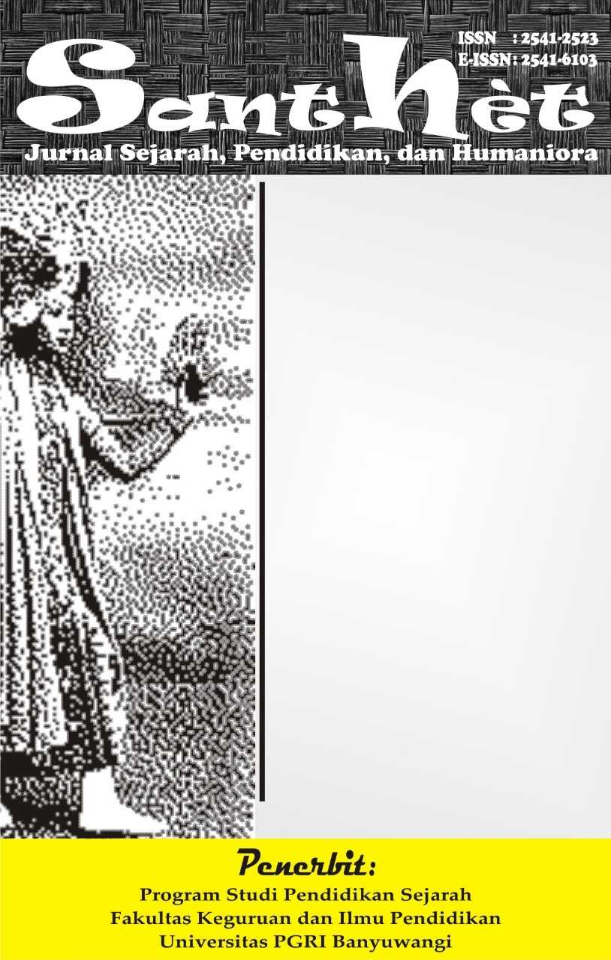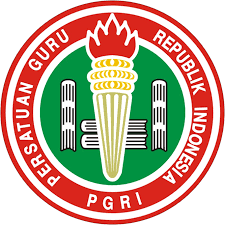MPLEMENTATION OF THE STUNTING REDUCTION POLICY IN THE BUKIT SURUNGAN DISTRICT OF PADANG PANJANG CITY
IMPLEMENTASI KEBIJAKAN PENURUNAN STUNTING DI KELURAHAN BUKIT SURUNGAN KOTA PADANG PANJANG
DOI:
https://doi.org/10.36526/santhet.v8i2.4187Keywords:
Policy Implementation, Stunting, Bukit SurunganAbstract
The Padang Panjang city government is trying to reduce the stunting rate to 16% in 2023 and 14% in 2024, by strengthening data and determining the focus on reducing stunting rates. This reduction is in support of the National Action Plan for the Acceleration of Reducing Indonesia's Stunting Rate (RAN PASTI) which is planned by the government through the BKKBN. This research uses descriptive qualitative methods to describe in detail the local government's strategy in handling stunting cases in Padang Panjang City. Data was obtained from interviews with informants regarding strategies, influencing factors, and ways to overcome obstacles in reducing stunting rates in Surungan Hill, as well as observations of children affected by stunting and their parents. Observations were carried out on February 28 and March 1 2023. Apart from interviews and observations, the research also used documentation studies of regulations, media information and other relevant secondary data sources. This research aims to analyze the implementation of Padang Panjang city government policies in Bukit Surungan Subdistrict in reducing stunting. The research results show that the implementation of the stunting reduction policy in Bukit Surungan Village by the Padang Panjang City Government shows serious efforts to achieve the standards and targets that have been set. The main challenges include low community participation, limited health workforce, unequal distribution of resources, and lack of coordination between organizations. Efforts to increase the number and capacity of health cadres, improve distribution systems, and better communication and coordination are very necessary. The dedication of implementing agents greatly supports the success of the program, however additional training and incentives are needed to maintain motivation and work effectiveness. External factors such as social, political and economic conditions also influence policy implementation, with city government support and social assistance programs being very important to overcome family economic limitations. Education and counseling involving various parties is needed to increase public awareness and knowledge about the importance of nutrition
References
Bima, M. R., Kamal, M., & Djanggih, H. (2020). Pelatihan dan penyuluhan pengelolaan alokasi dana desa (ADD). Jurnal Inovasi Hasil Pengabdian Masyarakat (JIPEMAS), 3(1), 63–77.
Laili, U., & Andriani, R. A. D. (2019). Pemberdayaan masyarakat dalam penurunan stunting. ,. Jurnal Pengabdian Masyarakat IPTEKS, 5(1), 8–12.
Lela, N., Haeruddin, H., & Amelia, A. R. (2023). Hubungan Penggunaan Dana Desa dengan Penurunan Kasus Stunting di Desa Sumillan Kecamatan Alla Kabupaten Enrekang. Journal of Muslim Community Health, 4(4), 170–183.
Nugroho, M. R., Armeidi, E., & Mahyuddin, M. (2023). Analysis of Indonesia’s Nutritional Status Survey Results 2021–2022: Trend of Stunting Prevalence Rates in the Provinces of South Sumatera and Bengkulu Towards a National Target of 14% in 2024. Indonesian Journal of Health Research and Development, 1(1), 1–7.
Nurfatimah, N., Anakoda, P., Ramadhan, K., Entoh, C., Sitorus, S. B. M., & Longgupa, L. W. (2021). Perilaku pencegahan stunting pada ibu hamil. Poltekita: Jurnal Ilmu Kesehatan, 15(2), 97–104.
Prihatini, D., & Subanda, I. N. (2020). Implementasi kebijakan alokasi dana desa dalam upaya pencegahan stunting terintegrasi. Jurnal Ilmiah Manajemen, Ekonomi, & Akuntansi (MEA), 4(2), 46–59.
Safitra, L., Yuliani, F., & Tofandi, A. (2021). Stunting Prevention Program In North Bengkulu Regency. Jurnal Ilmu Sosial Mamangan, 10(2), 119–129.
Yusran, R., & Aprinita, Y. (2019). Implementasi Peraturan Daerah Kota Bukittinggi Nomor 2 Tahun 2015 Tentang Penurunan dan Penaggulangan Bahaya Kebakaran. JMIAP, 3(1), 87–97.





























